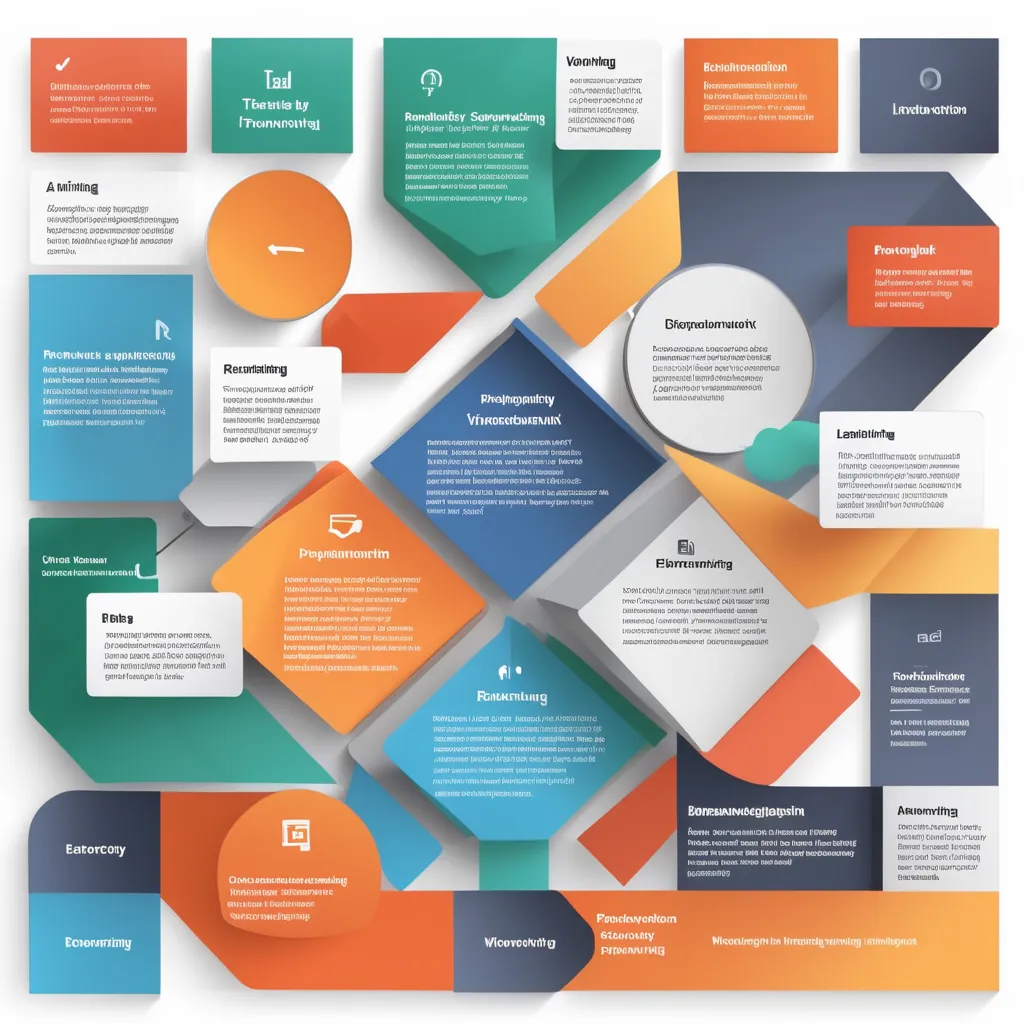
In the fast-paced world of product marketing, where competition is fierce and consumer attention is fleeting, effective messaging is paramount. Messaging serves as the bridge between your product and your target audience, conveying not just what your product does, but why it matters. In this blog post, we will explore the critical role of messaging in product marketing frameworks and how it can significantly impact your brand’s success.
Table of Contents
- Understanding Messaging in Product Marketing
- Why Messaging Matters
- Key Elements of Effective Messaging
- Crafting Your Messaging Strategy
- Testing and Refining Your Messaging
- Conclusion
1. Understanding Messaging in Product Marketing
Messaging encompasses the words, phrases, and narratives used to communicate the value of your product to your audience. It includes everything from taglines and product descriptions to advertising copy and social media posts. Effective messaging articulates the unique value proposition of your product and resonates with the needs and desires of your target market.
2. Why Messaging Matters
A. Differentiation in a Crowded Market
In a saturated market, where multiple products often offer similar features, messaging becomes a key differentiator. A well-crafted message can highlight what makes your product unique, helping it stand out from the competition.
B. Building Emotional Connections
Consumers are not just looking for products; they are looking for solutions to their problems and connections to brands that understand them. Effective messaging taps into emotions, creating a narrative that resonates with customers on a personal level. This emotional connection can lead to increased brand loyalty and advocacy.
C. Clarity and Understanding
Clear messaging ensures that your audience understands what your product does and how it can benefit them. Ambiguous or overly technical language can confuse potential customers, leading to missed opportunities. Effective messaging simplifies complex ideas, making them accessible and relatable.
D. Driving Engagement and Conversion
Strong messaging not only captures attention but also drives action. Whether it’s clicking on a link, signing up for a newsletter, or making a purchase, effective messaging encourages customers to engage with your brand and take the next step in their buyer’s journey.
Check Out: Product Marketing Course
3. Key Elements of Effective Messaging
To create impactful messaging, consider the following key elements:
A. Value Proposition
Clearly articulate the unique benefits your product offers. What problems does it solve? How does it improve the customer’s life? Your value proposition should be front and center in your messaging.
B. Target Audience
Understand who your audience is and tailor your messaging to their needs, preferences, and pain points. Use language and examples that resonate with them.
C. Consistency
Ensure that your messaging is consistent across all channels and touchpoints. Inconsistencies can confuse customers and dilute your brand identity.
D. Tone and Voice
Establish a tone and voice that reflects your brand’s personality. Whether it’s professional, friendly, or playful, your messaging should align with how you want your brand to be perceived.
4. Crafting Your Messaging Strategy
A. Research and Insights
Start by conducting market research to gather insights about your target audience. Understand their needs, preferences, and pain points. This information will inform your messaging strategy.
B. Develop Messaging Frameworks
Create messaging frameworks that outline your key messages, value propositions, and supporting points. This framework will serve as a guide for all your marketing materials.
C. Test and Iterate
Once you have developed your messaging, test it with your audience. Gather feedback through surveys, focus groups, or A/B testing. Use this feedback to refine and improve your messaging.
5. Testing and Refining Your Messaging
A. Monitor Performance
Track the performance of your messaging through metrics such as engagement rates, conversion rates, and customer feedback. Analyze what resonates with your audience and what doesn’t.
B. Be Open to Change
The market and consumer preferences are constantly evolving. Be willing to adapt your messaging strategy based on new insights and trends. Regularly revisit and refine your messaging to ensure it remains relevant and effective.
Conclusion
Messaging is a critical component of any product marketing framework. It serves as the voice of your brand, conveying the value of your product and connecting with your audience on an emotional level. By prioritizing effective messaging, you can differentiate your product, build strong customer relationships, and drive engagement and conversions. Remember, in the world of product marketing, clarity, consistency, and connection are key. Invest the time and effort to craft compelling messaging, and you’ll set your brand up for success in a competitive landscape.







